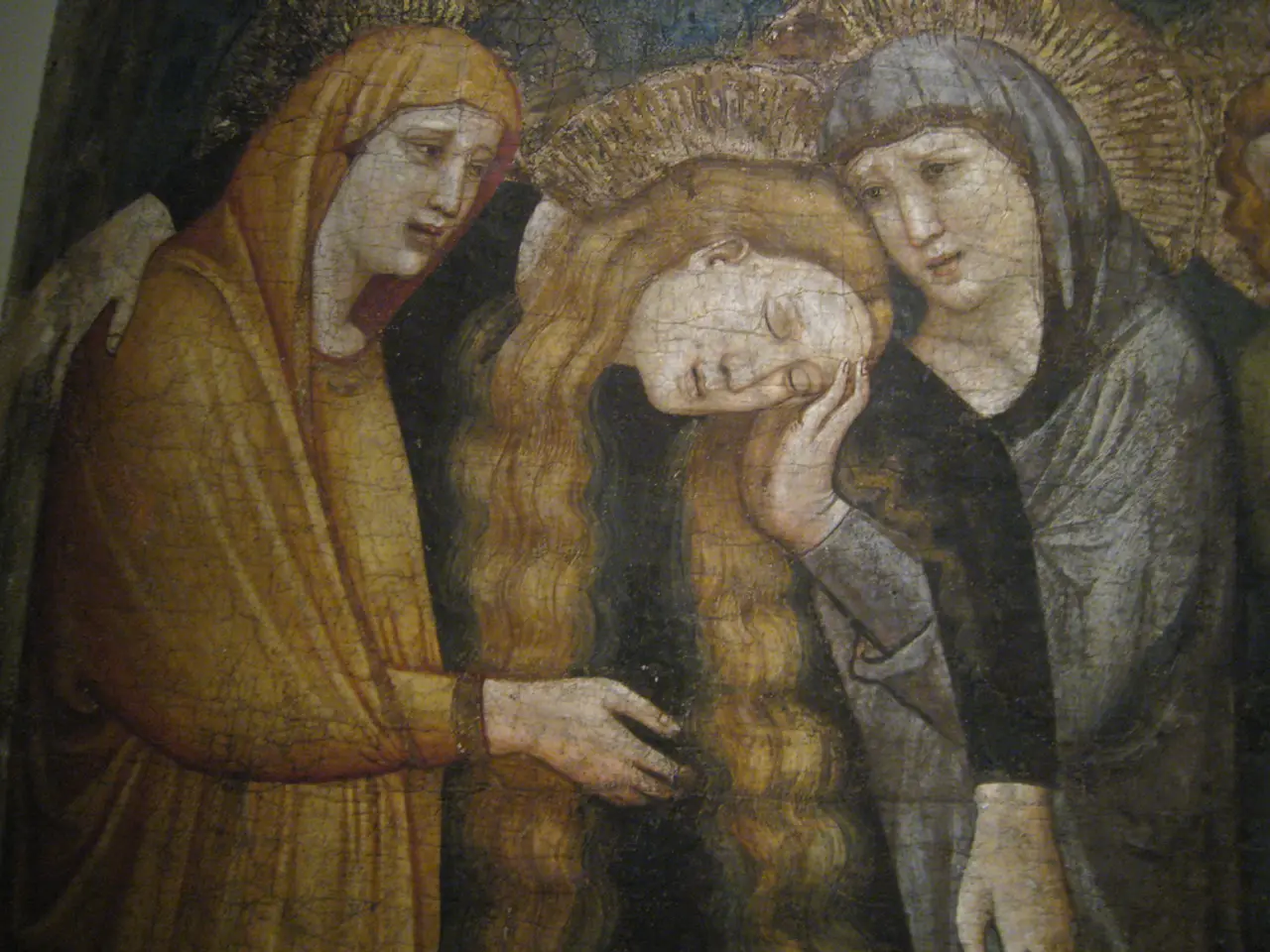Art's Evolution Over Time: Assessing Depth and Beauty in Modern Art Compared to the Past
In the late 19th century, the Aesthetic Movement, also known as aestheticism, emerged as a significant cultural force, advocating for the principle of "art for art's sake." This artistic philosophy, which rejected the idea that art must serve moral or social purposes, emphasized beauty, sensory experience, and the autonomy of art.
The movement had profound impacts on literature, visual arts, and music during the late 1800s and left lasting legacies on subsequent cultural developments.
### Evolution of Aestheticism
In literature, writers such as Oscar Wilde, Stéphane Mallarmé, and George Moore were deeply influenced by aestheticism. Wilde, in particular, was a central figure whose works, such as *The Picture of Dorian Gray* and *The Importance of Being Earnest*, challenged Victorian moralism and reconnected English literature with broader continental artistic ideas.
In visual arts, aestheticism championed beauty and decorative qualities over narrative or didactic content. This movement paved the way for later art movements such as Symbolism and influenced Art Nouveau’s emphasis on ornamental design and sensuality.
In music, aestheticism encouraged compositions that prioritized atmosphere, mood, and the evocation of beauty over rigid form or narrative, leading to more impressionistic and symbolist styles.
### Contemporary Impact of Aestheticism
Today, the legacy of aestheticism is visible in how modern and contemporary literature often values stylistic innovation, playfulness with form, and the elevation of artifice and self-awareness in writing. In visual arts, contemporary art continues to grapple with the balance between aesthetics and meaning, echoing the aestheticist emphasis on beauty and sensory engagement.
In modern music, the influence is more diffuse but present in genres and compositions that focus on creating mood and aesthetic experiences, such as ambient music, art pop, and various avant-garde styles.
In summary, the Aestheticism movement evolved from a 19th-century rebellion against moralism into a foundational philosophy that redefined artistic values across literature, visual arts, and music, emphasizing beauty and sensory experience. Its contemporary impact continues to resonate, visible in the way modern creative fields prioritize aesthetic and experiential qualities alongside or sometimes above narrative or moral content.
Not all contemporary artists strictly follow the principles of aestheticism, but its ideas continue to influence many artists and art lovers. The Art for Art's Sake philosophy, which states that art is by definition aesthetical and has no other purpose, remains a guiding principle for some.
Artists associated with the Aesthetic style include James McNeill Whistler, Dante Gabriel Rossetti, and Aubrey Beardsley. The book, "In Beauty and Art: 1750-2000," provides answers to questions about beauty in art and how artists have responded to changing notions of the beautiful, beautifully illustrated with 100 photographs, 60 in full color.
The question of whether contemporary art is shallow, empty, ugly, or not is subjective and depends on the authority of the audience. However, the enduring legacy of aestheticism serves as a reminder of the power of art to challenge, inspire, and captivate, transcending the boundaries of time and purpose.
The influence of aestheticism can be observed in the fashion-and-beauty industry, where the emphasis on beauty and sensory engagement, as seen in the late 19th century, continues to be relevant today. For instance, makeup and hair trends often evoke a particular mood or aesthetic, much like the impressionistic and symbolist styles in music.
Moreover, contemporary pop-culture, literature, and films, especially those belonging to the sci-fi-and-fantasy genre, can be traced back to aestheticism's focus on artistic innovation and rejection of moralistic narratives. Many modern writers and filmmakers employ this artistic playfulness to challenge traditional storytelling norms.
Lastly, the Aesthetic Movement's advocacy for the autonomy of art extends to the modern world, where books such as "In Beauty and Art: 1750-2000" act as resources for those seeking a deeper understanding of beauty in art, providing insights into how artists have responded to changing notions of the beautiful over time.







